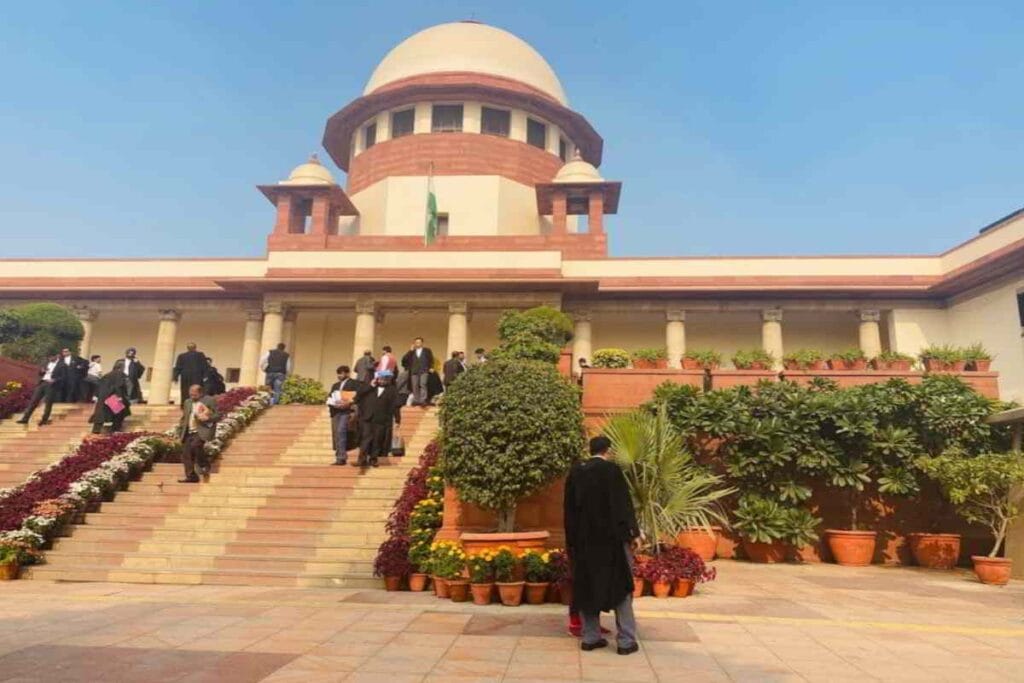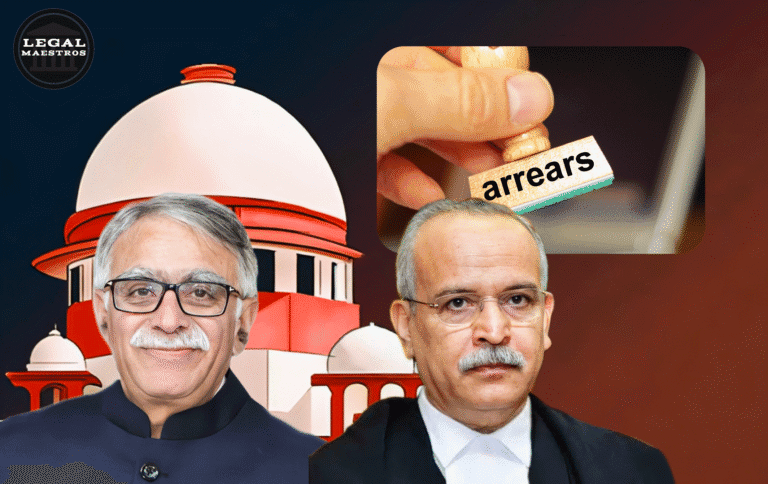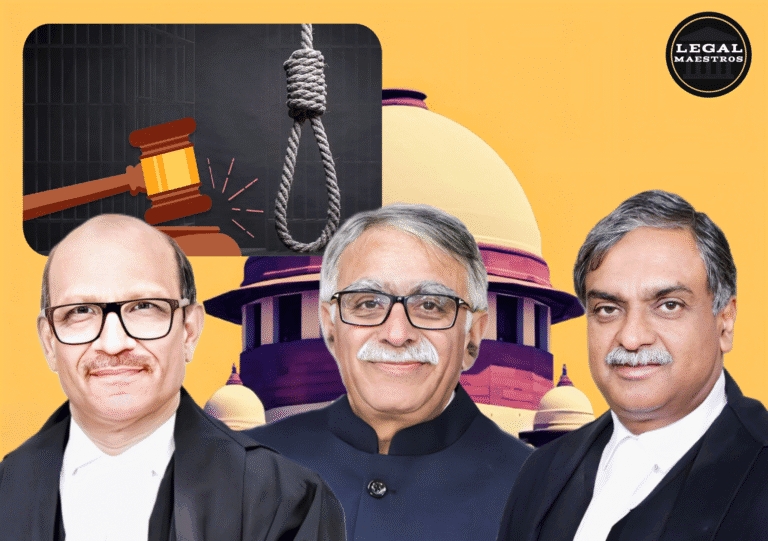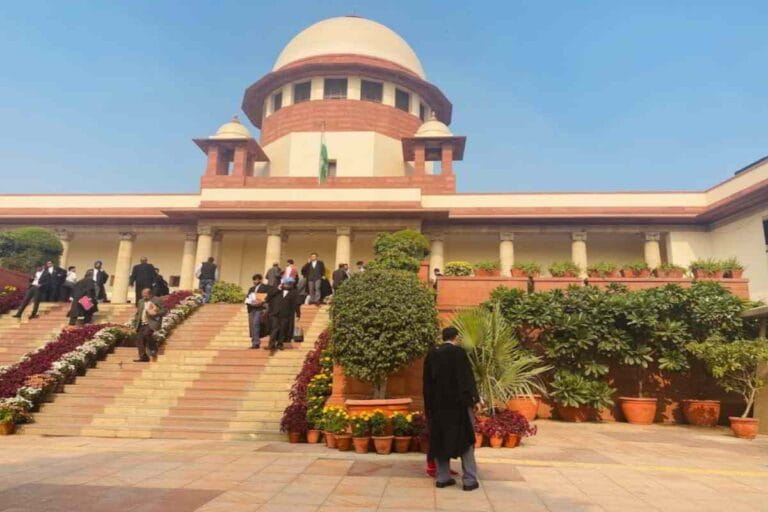
On Wednesday, 16 July 2025, the Supreme Court of India reiterated the cautious but obligatory use of Section 319 CrPC to issue summon to other accused, with an eye towards safeguarding the sanctity of criminal trials in Shiv Baran Vs. State of U.P. & Anr.
Background and Facts
In Shiv Baran Vs. State of U.P. & Anr., the Court decided the applicability and ambit of Section 319 of the Code of Criminal Procedure, 1973 (CrPC) giving power to courts to issue notice to any person who seems to be guilty of an offence, irrespective of not being named in the original charges.
The dispute had arisen out of two FIRs regarding a violent attack on 29 November 2017 in Kaushambi, Uttar Pradesh. The appellant-complainant Shiv Baran claimed in the first FIR that some people, including Rajendra Prasad Yadav (Respondent No. 2) attacked him and his family members, whereupon his brother was killed. While Rajendra was mentioned in the FIR, chargesheet only named Dinesh Yadav and Shiv Murat Yadav. Rajendra was left out after the Investigating Officer determined that he had no role in the offence.
For More Updates & Regular Notes Join Our Whats App Group (https://chat.whatsapp.com/DkucckgAEJbCtXwXr2yIt0) and Telegram Group ( https://t.me/legalmaestroeducators ) contact@legalmaestros.com.
At trial, though a number of prosecution witnesses (including the complainant himself) testified consistently to naming Rajendra as having been involved in the attack, detailing, for instance, that he was carrying a baton and that he was at the scene. On this evidence, the complainant made application under Section 319 CrPC to have Rajendra summoned as another accused. The trial court, after some reluctance allowed the application, but it was later revoked by the Allahabad High Court. The complainant approached the Supreme Court in appeal.
Arguments
Appellant:
- The complainant-appellant stated that evidence brought forward during the trial, namely, eye-witnesses incriminated Rajendra in the offense to such an extent that he should have been called as an additional accused under Section 319 CrPC.
- Argued that Section 319 is meant to make it clear that everyone who is against whom evidence of guilt is found at trial should not be absolved, even if initially left out of the charge.
Respondent (Rajendra and State):
- The respondents were dependent upon the police inquiry and High Court’s perspective, presenting that there was no adequate evidence to incriminate Rajendra, particularly taking into consideration the lack of motive attributed by way of testimonies and dependence upon affidavits proving his innocence.
- They presented that the order of the trial court constituted an unwarranted assumption, and the jurisdiction under Section 319 CrPC cannot be exercised lightly.
Judgment and Reasoning
Key Judicial Findings:
- The Supreme Court carefully examined the wording and law of Section 319 CrPC, reaffirming that it is an enabling provision designed to make sure that no offender goes unpunished on grounds of technicalities or flaws in investigation. Its doctrinal basis, the Court elucidated, is the maxim “judex damnatur cum nocens absolviture” which means that a judge is blamed when the guilty is acquitted.
- The Court explained that “evidence” under Section 319 does not necessarily imply evidence tested on cross-examination; examination-in-chief is enough if it yields credible material. The Court referred to the Constitution Bench in Hardeep Singh Vs. State of Punjab for the principle that the level of satisfaction at this point is more than mere prima facie suspicion but short of proof beyond reasonable doubt.
- Utilizing these guidelines, the Court referred to the fact that all the main eyewitnesses specifically mentioned Rajendra, identifying a specific role for him in the attack. The alleged inconsistency in one case, wherein “Rajesh” was used instead of Rajendra, was cleared on record as denoting the same person.
- The Court was of the opinion that the High Court was wrong in essentially holding a “mini-trial” and balancing cross-affidavits and lack of motive as if determining the final guilt or innocence. At the Section 319 stage, the correct test is whether the evidence on record, if not rebutted would warrant summoning the person as an accused.
Restoration of the Summoning Order:
The Supreme Court overturned the High Court order and upheld the summoning order issued by the trial court, calling Rajendra Prasad Yadav to be tried as an additional accused in the pending sessions case.
Impact and Analysis
This ruling refresh and refines the jurisprudence relating to the ambit of Section 319 CrPC, finding an equitable balance between avoiding wrongful harassment of persons and making it sure that no possible guilty person escapes judicial examination by loopholes or lapses on the part of the police investigation12.
Key takeaways:
- The trial court is not obligated by the police charge-sheet exclusion or High Court evaluation of evidence if credible material arises during the trial.
- When in the Section 319 stage, credibility and evidentiary weight are not to be determined as would be the case at the conviction point but are to pass the line beyond mere suspicion.
- Presence or lack of motive or any other considerations that may influence guilt, are best determined after every bit of evidence is noted and subjected to testing, not at the first stage of calling for summons.
- The Court emphasized that though the power to summon under Section 319 CrPC should never be exercised in a casual manner or as weapon of harassment, it can be exercised where cogent evidence leads to suspicion about an individual’s involvement.
The judgment also reaffirms the Indian criminal justice system’s commitment to substantive justice by reiterating the fact that the interests of the victim and society cannot be compromised by procedural hurdles or investigative lacunae.
Conclusion
By setting aside the trial court’s summoning order against Rajendra Prasad Yadav, the Supreme Court has reaffirmed that the pursuit of justice requires a keen exercise of Section 319 CrPC wherever cogent evidence surfaces during trial at all costs, irrespective of previous investigative lapses. This ruling places trial courts on notice that their ultimate responsibility is to see that actual offenders go to trial and that an excessively protective or mechanical response, based on earlier police actions or demanding ultimate proof at the stage of summoning, works against both the procedural and substantive purposes of criminal law.
Coram
Justice Sanjay Karol
Justice Joymalya Bagchi
Sources
- Shiv Baran Vs. State of U.P. & Anr., Criminal Appeal No 3008 of 2025; [2025] INSC 860 (Supreme Court of India, 16 July 2025).
- https://www.livelaw.in/tags/section-319-crpc
- https://www.barandbench.com/news/litigation/supreme-court-explains-scope-and-ambit-of-powers-of-court-under-section-319-crpc-read-judgment





